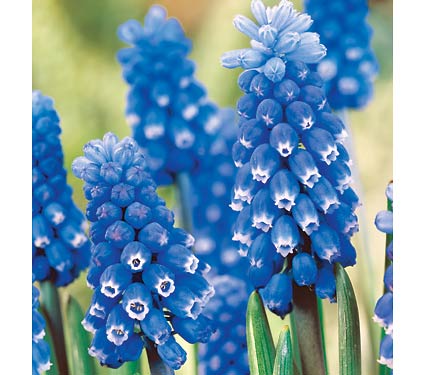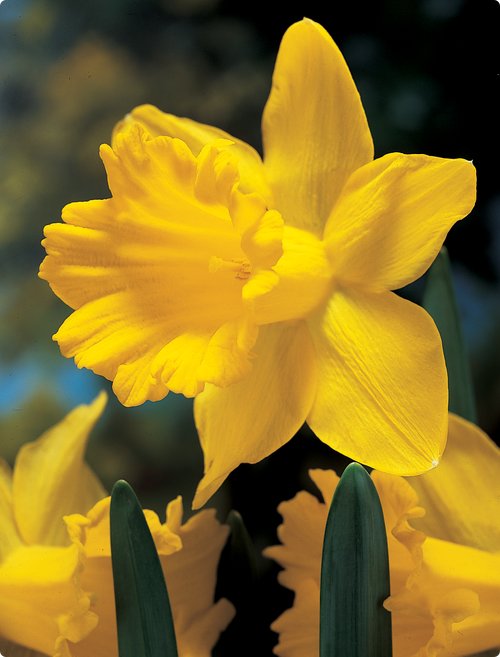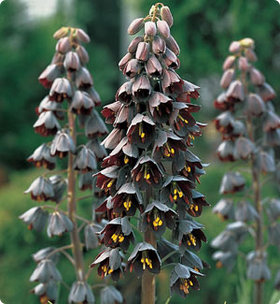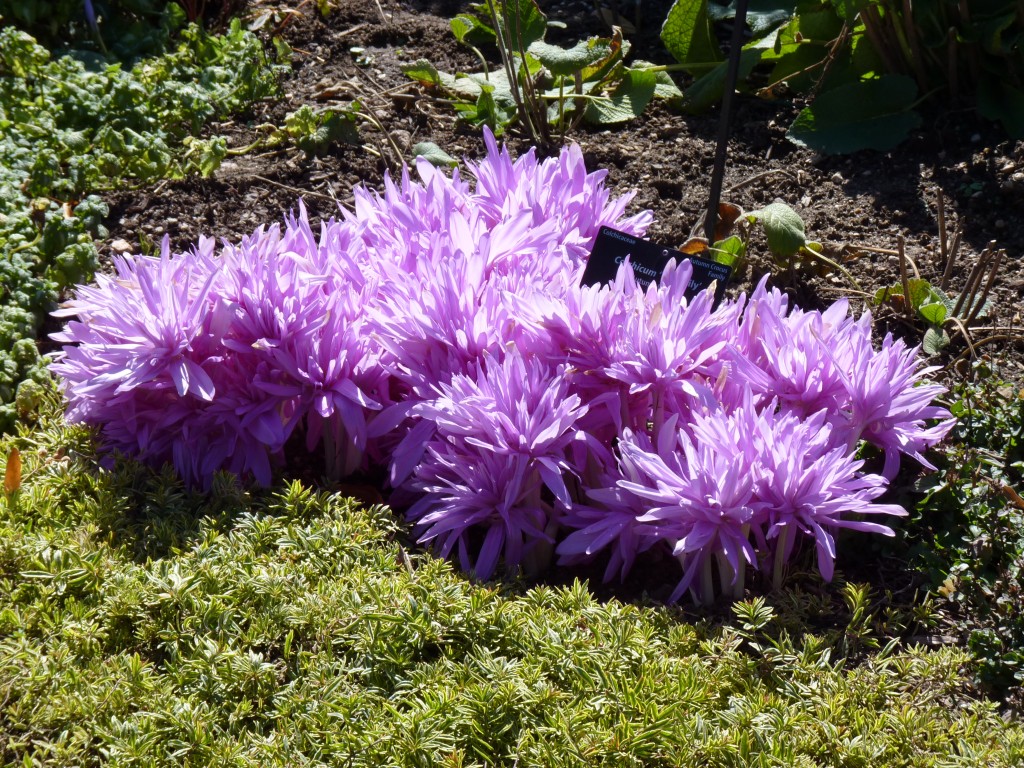Planning for continuing color through the season is one of the most challenging aspects of gardening. Planting bulbs in the fall is one of the best ways to begin the succession of bloom that can begin as early February depending on the weather.
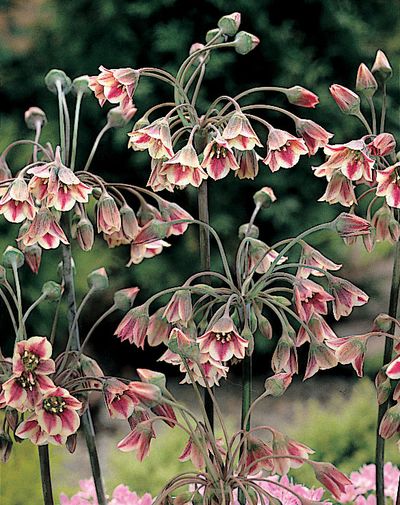 Imagine having flowers to admire while winter is still on the calendar. Snowdrops and early crocus are usually the first cheerful reminders that spring is on the way. They are succeeded in the following weeks by many of the other minor bulbs including Iris reticulata, striped squill and the early flowering botanical tulips. For the best display of these early bulbs plant them in groups of 20 to 50.
Imagine having flowers to admire while winter is still on the calendar. Snowdrops and early crocus are usually the first cheerful reminders that spring is on the way. They are succeeded in the following weeks by many of the other minor bulbs including Iris reticulata, striped squill and the early flowering botanical tulips. For the best display of these early bulbs plant them in groups of 20 to 50.
Daffodils and tulips are the focus during the weeks of high spring. There is always room to tuck in new varieties that will provide pleasure for years to come. You will find early, mid-season and late varieties of tulips and daffodils, so be sure to plant some of each. Other spring flowering bulbs to consider are hyacinths, alliums and frittilarias for their unique flowers.
The alliums (ornamental onions) will continue flowering into the summer and develop interesting seed heads for additional interest. The Asiatic and oriental lilies are the stars of the summer gardens with their bright, jewel-toned flowers and elegant foliage. As temperatures cool and the colors of fall return the autumn crocus and colchicum bring a surprising finale of rich color to the garden.
Bulbs are packages of promise for gardeners. The rewards arrive as each of the packages opens and flowers, each to its season. Plant bulbs this fall for next years color and for future years as well.
